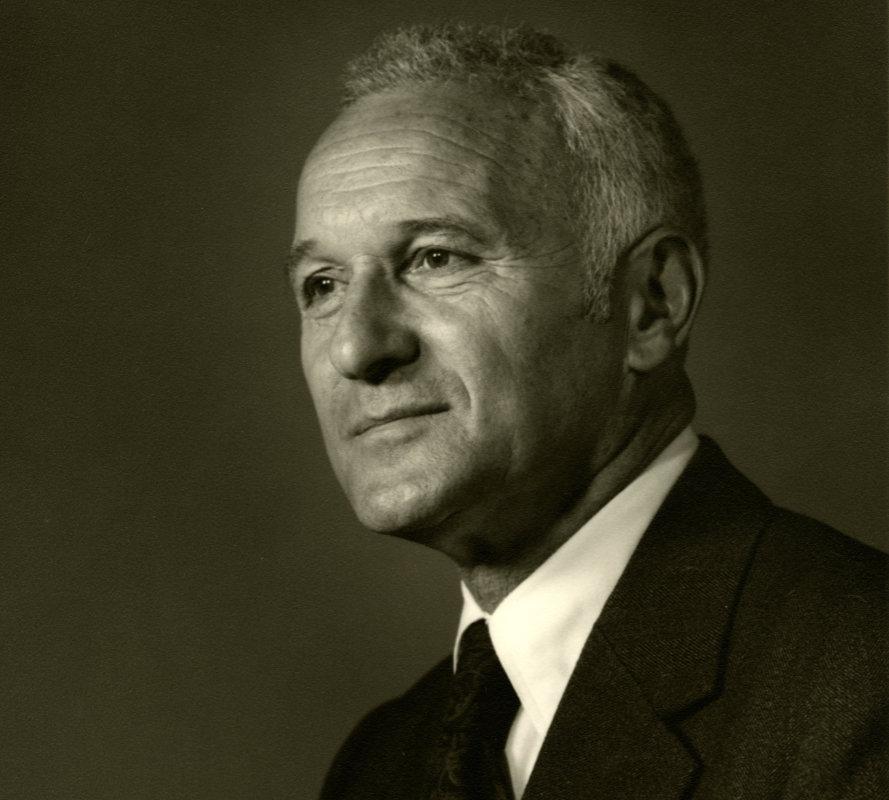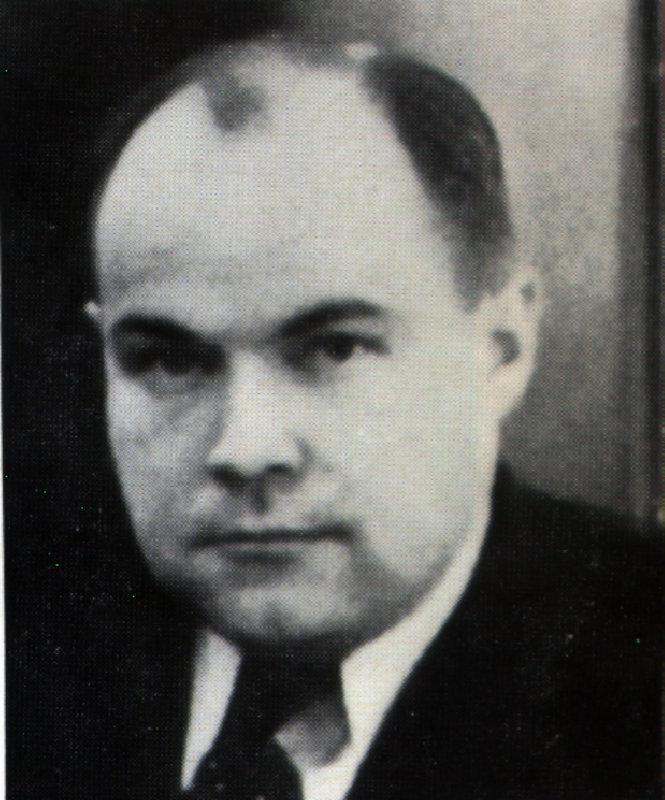Archive Release – CIA Behavior Control Experiments Focus of New Scholarly Collection | Cannabis Law Report | How to order Skittles Moonrock online
Learn how to order CBD Oil online. TOP QUALITY GRADE A++
Cannabyss Inc. is the best place online to buy top quality weed, cannabis, vape, marijuana and CBD products. Get your borderless orders delivered at the pickup spot with ease. Top Grade products for client satisfaction.
👉 Click here to Visit our shop! 🛒
For those of you who love Cold War CIA shenanaghins this will get you very excited
National Security Archive Publishes Key Records on Infamous MKULTRA Program
Agency Sought Drugs and Behavior Control Techniques to Use in “Special Interrogations” and Offensive Operations
Sidney Gottlieb’s CIA Personnel File, 1983 Deposition Testimony, Among Newly Available Documents
Here’s just a taste of what was released and published as an article at
December 2024
CIA staff photo of Sidney Gottlieb, who oversaw Project ARTICHOKE and later the MKULTRA behavior control programs.
Washington, D.C., December 23, 2024 – Today, the National Security Archive and ProQuest (part of Clarivate) celebrate the publication of a new scholarly document collection many years in the making on the shocking secret history of the CIA’s mind control research programs. The new collection, CIA and the Behavioral Sciences: Mind Control, Drug Experiments and MKULTRA, brings together more than 1,200 essential records on one of the most infamous and abusive programs in CIA history.
Under code names that included MKULTRA, BLUEBIRD and ARTICHOKE, the CIA conducted terrifying experiments using drugs, hypnosis, isolation, sensory deprivation, and other extreme techniques on human subjects, often U.S. citizens, who frequently had no idea what was being done to them or that they were part of a CIA test.
Federal narcotics agent George Hunter White was hired by Sidney Gottlieb to run CIA safehouses in New York City
and San Francisco where he secretly dosed unwitting subjects with LSD, among other things, and recorded their behavior.
Today’s announcement comes 50 years after a New York Times investigation by Seymour Hersh touched off probes that would bring MKULTRA abuses to light. The new collection also comes 70 years since U.S. pharmaceutical giant Eli Lilly & Company first developed a process to streamline the manufacture of LSD in late 1954, becoming the CIA’s chief supplier of the newly discovered psychoactive chemical central to many of the Agency’s behavior control efforts.
Highlights of the new MKULTRA collection include:
- A DCI-approved plan in 1950 for the establishment of “interrogation teams” that would “utilize the polygraph, drugs, and hypnotism to attain the greatest results in interrogation techniques.” (Document 2)
- A 1951 memo that captures a meeting between CIA and foreign intelligence officials about mind control research and their shared interest in the concept of individual mind control. (Document 3)
- A 1952 entry from the daily calendar of George White, a federal narcotics agent who ran a safehouse where the CIA tested drugs like LSD and performed other experiments on unwitting Americans. (Document 5)
- A 1952 report on the “successful” use of ARTICHOKE interrogation methods that combined the use of “narcosis” and “hypnosis” to induce regression and later amnesia on “Russian agents suspected of being doubled.” (Document 6)
- A 1956 memo in which MKULTRA chief Sidney Gottlieb signs off a project that would “evaluate the effects of large doses of LSD-25 in normal human volunteers” on federal prisoners in Atlanta. (Document 13)
- The 1963 report from the CIA’s inspector general, which led CIA leadership to reexamine the use of unwitting Americans in their covert drug testing program. (Document 16)
- The 1983 deposition of MKULTRA chief Sidney Gottlieb in a civil case brought by Velma “Val” Orlikow, a victim of CIA-sponsored projects conducted by Dr. Ewen Cameron at the Allan Memorial Institute in Montreal. (Document 20)
The challenges facing this documentation project were considerable, as CIA director Richard Helms and longtime MKULTRA chief Sidney Gottlieb destroyed most of the original project records in 1973. It is a story about secrecy—perhaps the most infamous cover-up in the Agency’s history. It is also a history marked by near-total impunity at the institutional and individual levels for countless abuses committed across decades—not during interrogations of enemy agents or in wartime situations, but during ordinary medical treatments, inside prison hospitals, addiction clinics, and juvenile detention facilities, and in many cases led by top figures in the field of the behavioral sciences. Despite the Agency’s efforts to erase this hidden history, the documents that survived this purge and that have been gathered together here present a compelling and unsettling narrative of the CIA’s decades-long effort to discover and test ways to erase and re-program the human mind.
The bulk of these records were drawn from records compiled by John Marks, the former State Department official who filed the first Freedom of Information Act requests on the subject and whose 1979 book, The Search for the “Manchurian Candidate”: The CIA and Mind Control: The Secret History of the Behavioral Sciences (New York, W. W. Norton & Company, 1979) remains the single most important source on this episode. Marks later donated his FOIA documents and other research papers to the National Security Archive. Many of the redactions in the documents have been effectively removed with the passage of time, as official investigations, civil depositions, and detailed histories have shed significant light on some of these episodes. In many cases, copies of declassified records donated by Marks to the National Security Archive bear his handwritten annotations.
The legacy of MKULTRA goes far beyond the various “subprojects” described in these documents and that were largely shut down by the mid-1970s. As author Stephen Kinzer points out, the CIA’s behavior control research programs “contributed decisively to the development of techniques that Americans and their allies used at detention centers in Vietnam, Latin America, Afghanistan, Iraq, Guantanamo Bay, and secret prisons around the world.” MKULTRA techniques were cited in the CIA’s 1963 KUBARK interrogation manual that was the basis for prisoner interrogations in Vietnam and later in anti-communist dictatorships in Latin America.[1]
While many of the MKULTRA projects were conducted in hospitals, laboratories, or other institutional settings, others were carried out in clandestine CIA safehouses staffed not by doctors or clinicians but by hard-nosed federal narcotics agents like George Hunter White. Under the direction of Gottlieb, White adopted the persona of a bohemian artist named “Morgan Hall” to lure unsuspecting victims to his “pad” where he and his CIA collaborators secretly experimented on them and recorded their behavior. An OSS veteran who had worked on “truth drug” development for the Army in World War II, White surreptitiously dosed many of his victims with LSD, a drug that the CIA had in abundance thanks to Eli Lilly, which had developed the capacity to produce the drug in “tonnage quantities” and had agreed to become the Agency’s supplier. Gottlieb, his deputy Robert Lashbrook, and CIA psychologist John Gittinger are among the CIA officials who frequently visited White’s safehouses.
Of particular interest is the mysterious 1953 death of Frank Olson, an Army chemist and aerosols specialist for the Special Operations Division (SOD) of the Army’s Chemical Corps, the CIA’s military partner in behavior control research. Officially ruled a suicide, Olson’s death from a 10-story fall in New York City came 10 days after Gottlieb and TSS staff spiked his cocktail with LSD during a CIA-SOD work retreat at Deep Creek Lake, Maryland. The drugging was later determined to have contributed to his death, but many, including members of his family, have questioned the conclusion that Olson—who was sharing a room with Lashbrook that night—threw himself out the window of the Statler Hotel.
At the center of it all was Sidney Gottlieb, the head of the Technical Services Staff (TSS) of the CIA’s Chemical Division and later director of the Technical Services Division (TSD). Gottlieb was “the CIA’s chief poison maker,” according to Kinzer, whose book, Poisoner in Chief: Sidney Gottlieb and the CIA Search for Mind Control (New York: Henry Holt, 2019), is the definitive work on the mercurial chemist. From his position deep inside the CIA’s secret corridors, Gottlieb led the Agency’s decades-long effort to find ways to use drugs, hypnosis, and other extreme methods to control human behavior and, it was hoped, turn them into usable tools for intelligence agencies and policymakers.
Read on
Access to endless documents like this one
Statement of Vincent L. Ruwet on Frank Olson death, December 1, 1953



Leave a Reply
Want to join the discussion?Feel free to contribute!